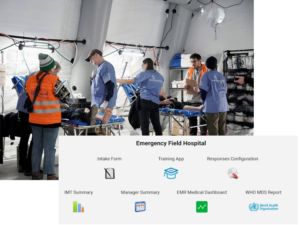On World Malaria Day, we reflect on how digital innovation can accelerate progress towards a malaria-free world. Our collaboration with WHO is an example of how the right technology, used thoughtfully, can transform the way global health data is collected, shared and acted upon.
At EyeSeeTea, we specialize in building smart, scalable digital tools that make global health data more accessible and actionable. One of our most impactful collaborations is with the World Health Organization’s Global Malaria Programme (GMP).
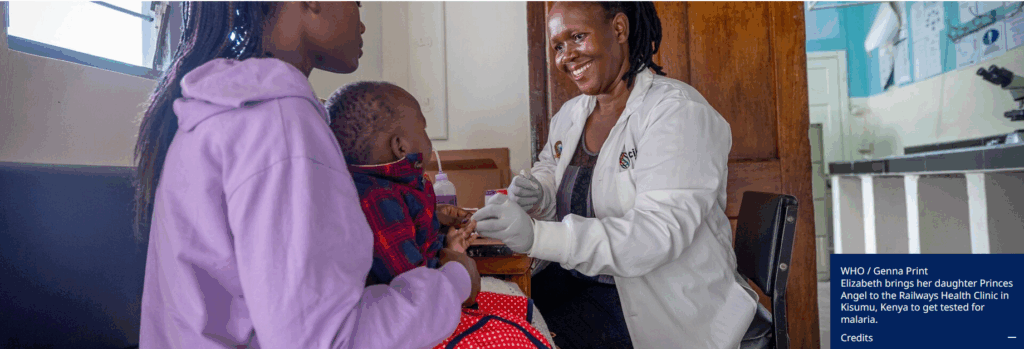
World Malaria Report
The World Malaria Report is a cornerstone of WHO’s efforts to monitor and guide the global malaria response. Proper data collection and data quality is key to ensure a rigorous and accurate report. This work is being led by WHO GMP, with EyeSeeTea as a key technical partner since 2018, initially helping to shape data approval flows tailored to the malaria-specific validation process. The partnership has matured across multiple iterations, with the most recent collaboration focusing on optimizing workflows, refining data collection forms, and improving user experience for both WHO staff and country-level contributors.
"Designing a tool for the World Malaria Report isn’t just about building software — it’s about enabling over 100 countries to speak a common data language each year."
Miquel Adell, EyeSeeTea's Project Manager
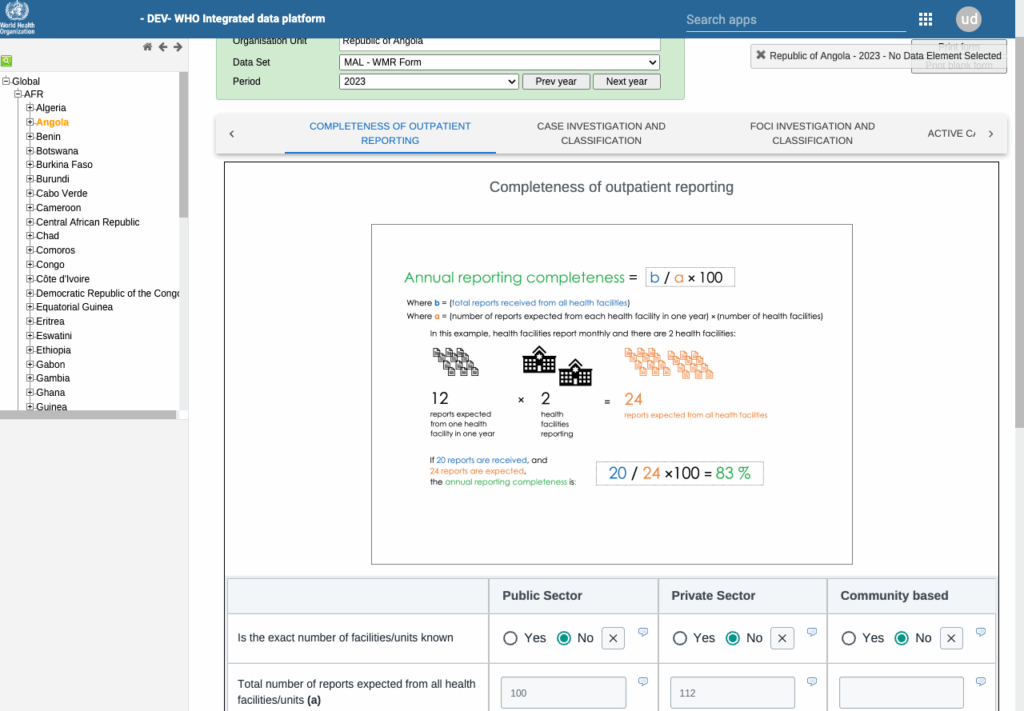
Development Highlights
- Custom Approval Workflow: Tailored to GMP’s unique multi-level validation process (countries → WHO regions → WHO HQ), surpassing DHIS2’s default capabilities.
- React-Based Custom Forms: Built visually enhanced, highly dynamic forms for the WMR main dataset — including inline calculations, smart logic (show/hide), image
support, and more. We use for this our d2-autogen-forms solution. - Dashboards & Reports: Developed new capabilities to generate reports from dashboard selections, including sub-national granularity.
- User-Centric Features: Enabled subscription-based alerts for dataset changes and improved the data entry process across over 100 countries.
- System Maintenance: Supported the full stack — from metadata modeling to frontend applications — contributing to the robustness of the WMR’s annual production cycle.
A toolkit against malaria
Since its integration into the WHO Integrated Data Platform (WIDP) in 2018, GMP has relied on our expertise to ensure smooth and scalable data workflows. Today, our team manages and supports multiple tools and applications, including:
Custom DataSet Collection: Multiple datasets tailored for annual data collection in more than 100 countries, as well as those designed to optimally categorize the data for subsequent analysis. Data is collected using our d2-autogen-forms solution.
MAL Data Approval App: A dedicated application streamlining the data entry process from various countries. This app offers a snapshot of data-contributing nations, oversees the approval procedures, and manages critical alerts).
d2-docker: A powerful application enabling users to easily download a local environment, mirroring the online platform, to run its replicas
“We didn’t just build a toolkit — we helped create a workflow that made WHO’s Malaria team more autonomous, more confident, and more agile with their data."
Miquel Adell, EyeSeeTea's Project Manager
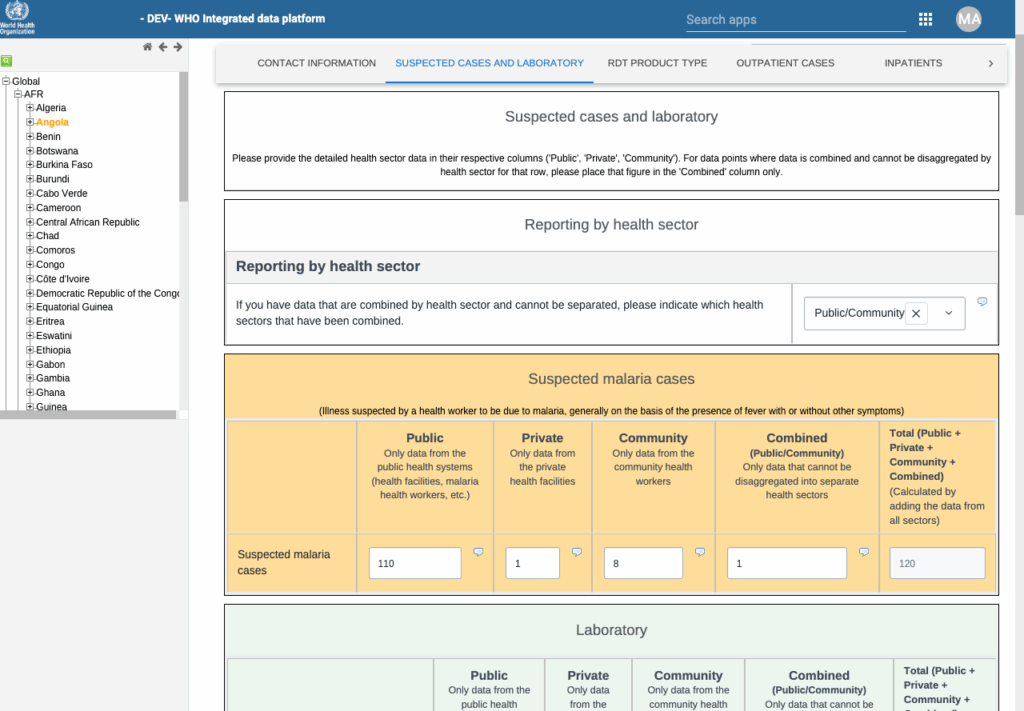
Why use DHIS2?
DHIS2 offers the flexibility needed for large, distributed projects like the WMR. Its modular structure and extensibility made it an ideal foundation — but it’s the customization from expert developers partners that unlock its full potential. With our experience in DHIS2 extension development, we were able to introduce:
- Complex workflows that match WHO’s real-world validation needs.
- Seamless integrations and visual enhancements that improve UX for both HQ and in-country users.
- Rapid iteration cycles to keep up with the fast pace of global reporting.
Every meaningful project brings its own hurdles. We can only overcome working together with GMP. They tell us their usage needs, we provide the technical knowledge and together we design the solution, using the versatility and customization capacity of DHIS2 to build on top of it. These are the main challenges we faced:
- Bridging Workflow Gaps
Standard DHIS2 approval features couldn’t fully cover GMP’s three-tier data validation process. - Ensuring Interface Usability at Scale
Managing real-time feedback loops with hundreds of country offices required intuitive tools and solid infrastructure.. - Synchronizing Local and Central Environments
We provided tools and practices to keep local instances in sync with the main platform — critical for testing, iteration, and training.
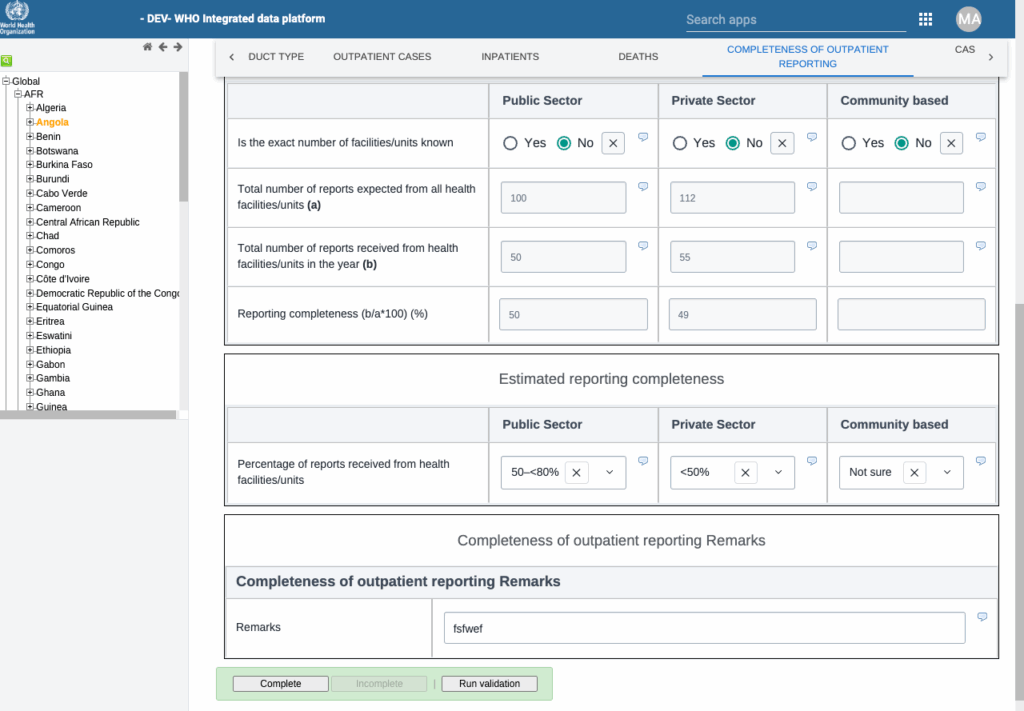
What’s Next?
As we commemorate World Malaria Day 2025, we reaffirm our commitment to supporting WHO’s mission with tools that scale across borders and simplify complexity. Explore WHO’s latest World Malaria Report 2024 to see how data is driving progress — and how EyeSeeTea is helping make it possible.



